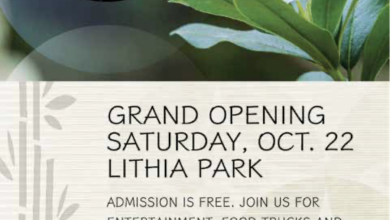Bend Our Aging Curve
Ah, the fascinating phenomenon known as the aging curve – a journey through time marked by physiological changes that affect our physical abilities. As we traverse this road over the years, our bodies undergo a series of transformations, each playing a significant role in our overall health and functionality. Some of these changes we can affect, and some are genetically hardwired. Let’s explore these factors and how to address them.
Take muscle mass, for instance – a cornerstone of physical strength and vitality. With age, there is a gradual decline in muscle and strength, also known as sarcopenia. Starting around the age of 30, we can lose as much as 5% of our muscle mass every decade. This loss of muscle tissue can have profound implications for independence and quality of life, as we gradually lose the strength required to do things like lift objects, open jars, get out of a chair, walk upstairs, or avoid falling when we lose our balance.
Around midlife, the accumulation of adipose tissue (fat), particularly around the midsection, combined with the decline in strength and flexibility, creates a cycle of decreased mobility, which in turn can lead to more weight gain, lower activity levels, and lower muscle tone – a vicious cycle.
But the good news is that it’s never too late to intervene in life’s trajectory. Research shows that engaging in targeted exercises aimed at improving muscle mass, mobility, weight, bone density, and balance can mitigate the effects of aging on physical function. And, for older adults who participate in strength and stability training, studies have shown that they can greatly reduce their chance of falls and loss of independence.
So what kind of exercise are we talking about? Strength training exercises involve lifting weights or using resistance bands to increase muscle strength and power. Focusing on exercises that improve flexibility and proprioception – our body’s awareness of its position in space – can further enhance our ability to move gracefully and maintain balance, reducing the risk of falls and other injuries.
A tailored workout program that addresses individual needs and goals is one of the best tools at our disposal. This approach helps us avoid injury and receive progressions or modifications when needed. Whether it’s building strength, improving flexibility, or enhancing balance, a personalized approach to fitness can empower us to defy the constraints of age and bend the aging curve in our favor.
Beth Morris is a certified personal trainer who specializes in working with older adults. As a Functional Aging Specialist, her personalized, small-group strength and stability classes at the Ashland Senior Center are aimed at building muscle, increasing bone density, restoring balance, and enhancing mobility and cognitive function.




